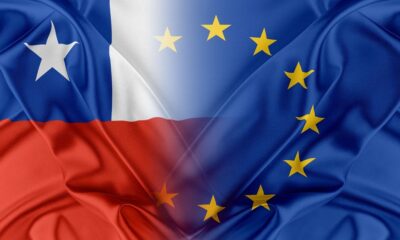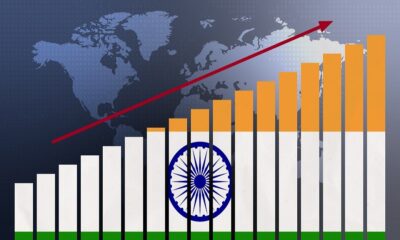Fashion
Indonesia calls for compliance in textile sector for competitiveness

Compliance reporting among APSyFI member firms is low, data from the National Industrial Information System (SIINas) show. Out of 20 members, only 15 submitted their industrial activity reports.
Indonesia’s industry ministry has stressed on transparency, administrative compliance and strategic consistency in the textile industry, particularly in the upstream sector under the trade body APSyFI, to maintain global competitiveness.
Compliance reporting among APSyFI member firms is low and while it has been lobbying for stricter import regulations, its own members have notably raised import volumes.
“There are still major APSyFI member companies that have not reported their performance at all. Reporting obligations are a form of industry accountability to the state. This lack of administrative commitment weakens the association’s position as a self-proclaimed frontliner of the national textile industry,” ministry spokesperson Febri Hendri Antoni Arif was quoted as saying in a statement by a domestic news reports.
Arif noted anomalies in the performance data of APSyFI member companies. While the association has been lobbying for stricter import regulations, its own members have significantly increased their import volumes.
Data shows that imports of yarn and fabric by APSyFI members surged more than 239 per cent year on year (YoY) from 14.07 million kg in 2024 to 47.88 million kg in 2025.
“Some APSyFI members are taking advantage of bonded zone facilities and general import licenses, allowing them to import in bulk. On one hand, they demand protection, but on the other, they actively act as importers. This clearly contradicts the spirit of industrial self-reliance,” he added.
Government protection and fiscal instruments for the upstream textile sector include anti-dumping import duty (BMAD) on polyester staple fiber (PSF), which is in effect since 2010 and valid till 2027.
Additional measures include BMAD on spin drawn yarn (SDY), valid until 2025; a safeguard import duty (BMTP) on synthetic fiber yarn, in place until 2026; and a safeguard duty on fabric imports, which will remain effective until 2027.
“This means APSyFI member companies have been enjoying dual benefits—tariff protection and import facilities. Unfortunately, these advantages have not been matched by new investments or technological modernization,” Arif said.
Arif cautioned that if the proposed 45 per cent anti-dumping duty—based on the Indonesian Anti-Dumping Committee (KADI)’s calculations—is implemented, it could lead to layoffs of up to 40,000 workers in the downstream sector.
“That would be a national tragedy. The risk of job losses in the upstream sector is significantly lower and can still be mitigated by optimising domestic demand,” he said.
Indonesia’s textile sector grew by more than 4 per cent in both Q1 and Q2 of 2025.
Fibre2Fashion News Desk (DS)
Fashion
Modella eyeing another acquisition, this time it’s the Wynsors footwear chain
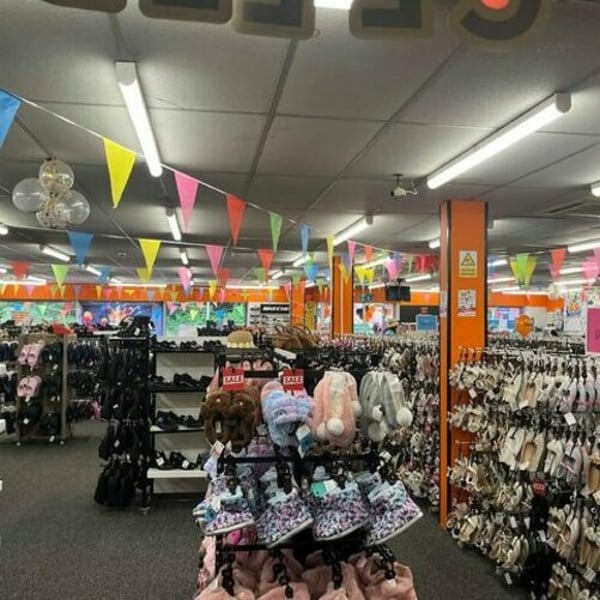
Published
December 1, 2025
Modella Capital is fast becoming one of the most acquisitive businesses on the UK high street and the latest retailer in its sights is footwear chain Wynsors World of Shoes.
That’s according to Sky News, which said the investment firm is targeting a takeover of the privately owned footwear retailer and is currently in “advanced talks”.
Wynsors trades from around 50 standalone shops across the north of England and Modella is now “the likeliest buyer” of the business, with expectations of a deal before the end of the year.
Modella was recently in the news as the buyer of Claire’s UK business. It also recently bought the non-travel locations of WH Smith (now renamed TG Jones) and owns Hobbycraft and The Original Factory Shop too. It had earlier hoped to add Poundland to its portfolio but missed out on that one.
Wynsors has been looking to sell for around two months and accountancy firm RSM had been hired explore interest from prospective bidders, Sky News said.
The chain trades from around 50 standalone stores and 40 concessions. It sells brands including Adidas, Skechers, Hush Puppies, Clarks, Nike, kickers and more. And although its sells footwear for women, men and children, it focuses particularly on school shoes.
Copyright © 2025 FashionNetwork.com All rights reserved.
Fashion
Results are in: US Black Friday store visits down, e-visits up, apparel shines
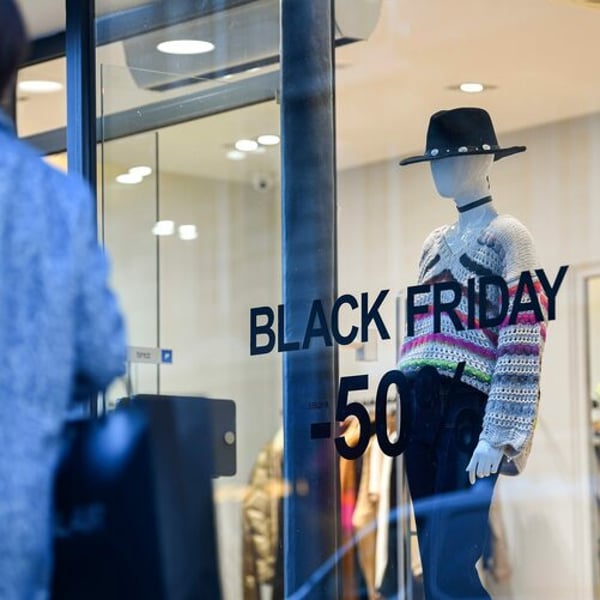
Published
December 1, 2025
US Black Friday retail sales rose 4.1%, Mastercard SpendingPulse has revealed. But while online surged, in-store visitor traffic was down a separate report from RetailNext showed. That said, both reports showed a better result for apparel than for other sectors.
First, the Mastercard numbers. They exclude autos and are based on the payment cards giant measuring in-store and online retail sales across all payment types.
The company said this year’s event “tells a story of comfort, connection, and savvy shopping” as consumers prepared for meaningful moments with family and friends.
Spending growth on apparel was particularly strong both online and in-store, “suggesting shoppers refreshed wardrobes while leaning into value-driven choices and convenience”.
In fact, apparel climbed 5.7% (online 6.1%, in-store 5.4%), as “chilly temperatures and seasonal deals encouraged spending on new fashions”. Jewelry also rose 2.75% (online 4.2%), “as consumers opted for gifts that shine”.
Overall, e-commerce retail sales excluding autos jumped 10.4%, “as shoppers increasingly value speed and convenience”. In-store sales grew more modestly (1.7%) but “remain essential to consumers for tactile experiences”.
Mastercard also said the surge in online shopping “showcases how technology is transforming the way consumers pay. Shoppers are enjoying seamless checkout experiences across devices, from smartphones to connected home assistants, making holiday shopping faster, safer, and more intuitive than ever before”.
Which leads us on the that drop for in-store shopping traffic. RetailNext said initial data reveals an average of a 5.3% year-over-year decrease for foot traffic across Black Friday and Saturday.
Visitor numbers dropped 3.6% on Friday itself and a massive 8.6% on Saturday. By store type, apparel stores saw traffic down 2.3% across the two days with just a 0.7% drop on Friday and 5.3% on Saturday.
For footwear, the weekend, Friday and Saturday falls were 6%, 6% and 5.9%, respectively. For healthy & beauty they were drops of 4.7%, 2.1% and 9.6%, and for jewelry they were 3.6%, 2% and 6.6%.
“Black Friday 2025 didn’t kill the holiday; it changed how shoppers approached it,” said Joe Shasteen, Global Head of Advanced Analytics at RetailNext. “Foot traffic was down on Friday and on Saturday, but that wasn’t disinterest, it was intention. Shoppers showed they’re done with the impulse-driven, one-day frenzy. Prices, tariffs, and tighter budgets pushed people to shop with discipline, not adrenaline, and they responded by turning Black Friday into a value calculation”.
RetailNext said one of the clearest signals is the 3.6% drop on Black Friday, which was meaningfully better than the 6.2% decline seen from Sunday through Wednesday (23 November to 26 November). It shows that even in a cautious year, “shoppers are still willing to attend major promotional events; they’re simply being more selective about when those events are worth the trip”.
“Despite the declines, Black Friday again delivered the highest in-store traffic of any day this year, reaffirming its role as the anchor of the holiday shopping season, but the weekend’s performance was shaped more by real-world factors than waning interest,” added Shasteen. “Consumers are still willing to shop, they’re just demanding proof it’s worth leaving the house. Retailers who treated November as a month-long build, rather than a single-day spectacle, saw the strongest in-store performance.”
Copyright © 2025 FashionNetwork.com All rights reserved.
Fashion
ITA to continue till Advanced Framework Agreement ratified: EU, Chile
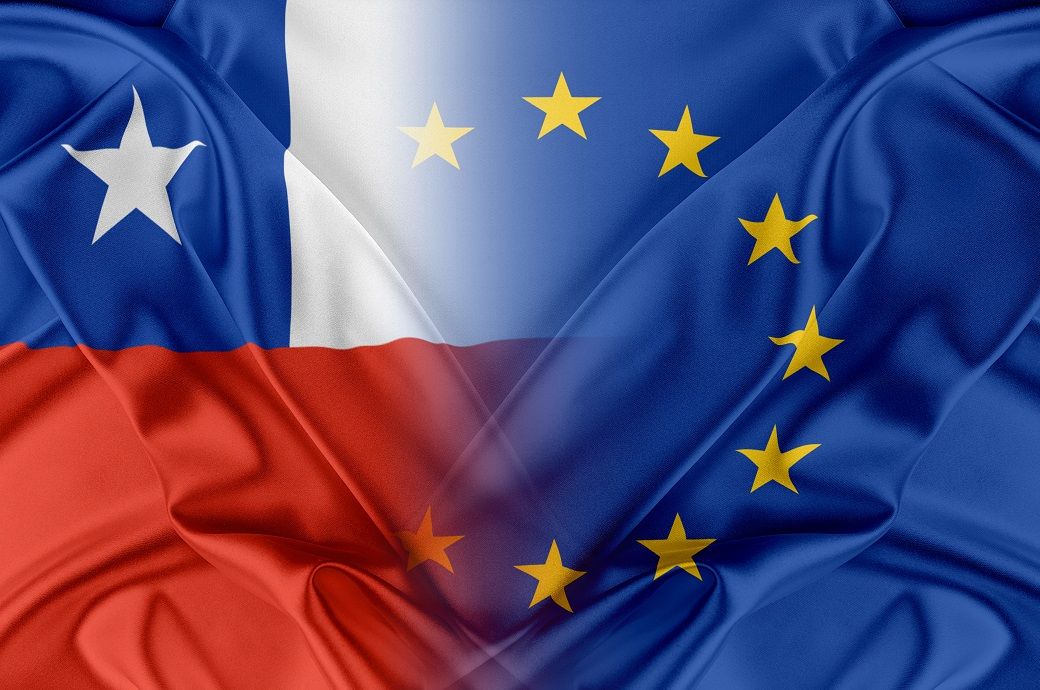
A review of the trade and sustainable development provisions of the ITA is under way.
EU high representative for foreign affairs and security policy Kaja Kallas recently met Chilean Minister of Foreign Affairs Alberto van Klaveren. Both co-chaired the first EU-Chile Joint Council under the Advanced Framework Agreement in Brussels.
The EU and Chile are committed to deepening their trade and investment relations under the Interim Trade Agreement, which came into force on February 1 and will remain in force until the new Advanced Framework Agreement has been fully ratified.
Both sides will continue to cooperate on ensuring reliable and sustainable supply chains, including through diversification and support to strategic investments.
The first EU-Chile Trade Council meeting was held under the new ITA, according to an EU release.
The EU is Chile’s third-largest trade partner and the top source of foreign direct investment (FDI).
Both sides will continue to cooperate on ensuring reliable and sustainable supply chains, including through diversification and support to strategic investments, a joint statement issued said.
Chile welcomed the interest of the EU in establishing a dialogue with the member countries of the Comprehensive and Progressive Agreement for Trans-Pacific Partnership (CPTPP). Both parties affirm their ambition to translate this dialogue into a shared agenda.
Both sides remain committed to ensuring the effective implementation of the Advanced Framework Agreement, and to achieving its full ratification.
The provisional application of the EU-Chile Advanced Framework Agreement began on June 1, 2025.
Fibre2Fashion News Desk (DS)
-

 Sports1 week ago
Sports1 week agoWATCH: Ronaldo scores spectacular bicycle kick
-

 Entertainment1 week ago
Entertainment1 week agoWelcome to Derry’ episode 5 delivers shocking twist
-

 Politics1 week ago
Politics1 week agoWashington and Kyiv Stress Any Peace Deal Must Fully Respect Ukraine’s Sovereignty
-

 Business1 week ago
Business1 week agoKey economic data and trends that will shape Rachel Reeves’ Budget
-

 Tech6 days ago
Tech6 days agoWake Up—the Best Black Friday Mattress Sales Are Here
-

 Politics1 week ago
Politics1 week ago53,000 Sikhs vote in Ottawa Khalistan Referendum amid Carney-Modi trade talks scrutiny
-

 Fashion1 week ago
Fashion1 week agoCanada’s Lululemon unveils team Canada kit for Milano Cortina 2026
-

 Tech6 days ago
Tech6 days agoThe Alienware Aurora Gaming Desktop Punches Above Its Weight


